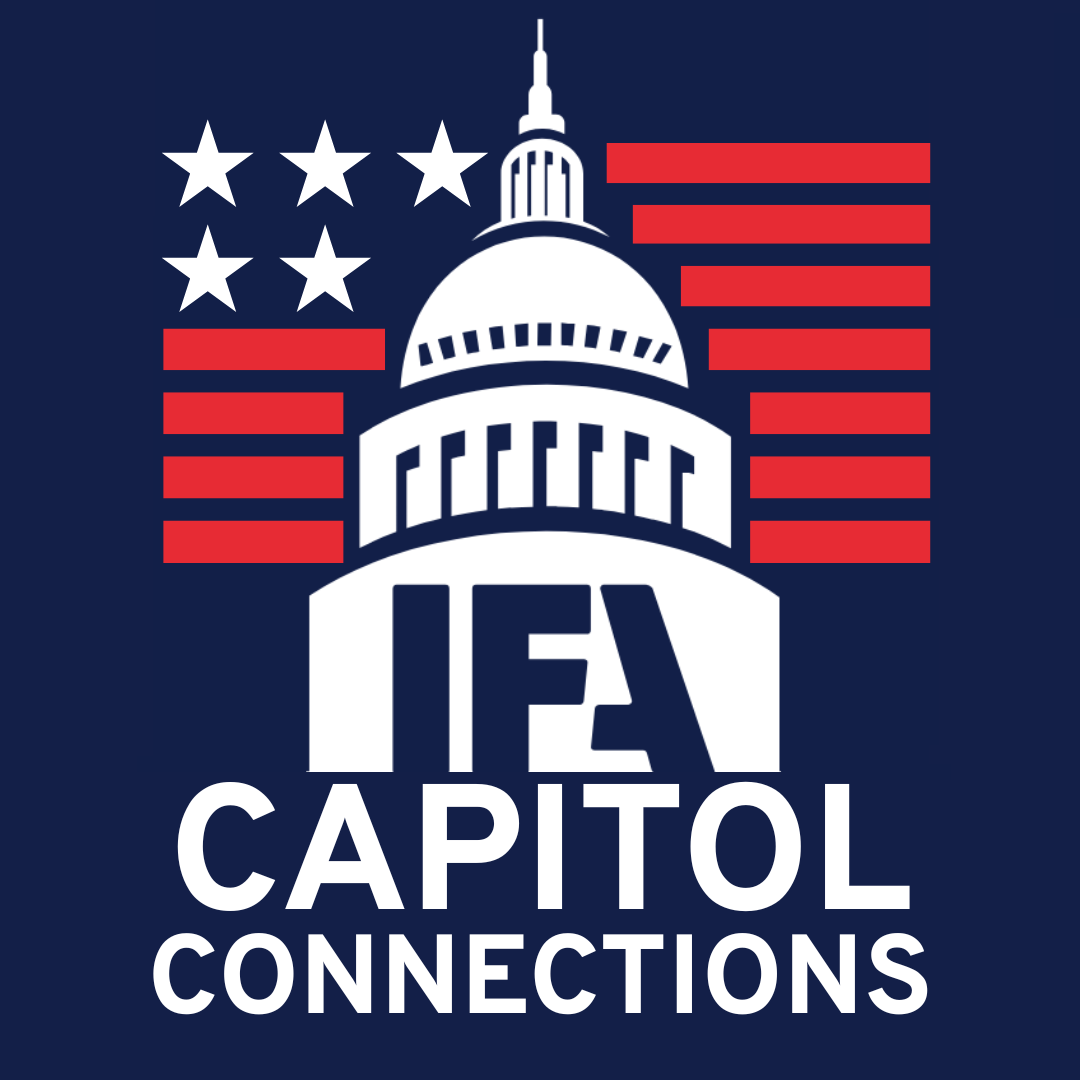The Rise and Fall of the Petrodollar
Hamas Encourages Tension in Israel during Ramadan
California Governor Proposes Infanticide Bill
Pray for War Victims in Ukraine
Zelenskyy Cries Genocide as Russia Attacks Civilians
The Rise and Fall of the Petrodollar
Thanks to some quick thinking from previous Presidents, the U.S. dollar, backed by oil, became the international standard, dominating the world. Now, however, America’s “petrodollar” may be closer to failing than we think.
From FAI Mission.
PEGGING THE GOLD DOLLAR
July, 1944. As the Allies pushed inland from the Normandy coast towards Nazi-occupied Paris, a group of government ministers, economists, and other delegates from 44 nations descended on Bretton Woods, New Hampshire. Building upon the Atlantic Charter negotiated by Franklin Roosevelt and Winston Churchill in 1941, the Bretton Woods conference convened to devise a new economic order for the world….
Since the turn of the twentieth century, the United States government had been gradually amassing a significant supply of gold. American gold holdings skyrocketed to almost two-thirds of the entire world supply during the Second World War, as Allied nations sold their gold to the United States for weapons and other commodities, or else deposited their gold in the US Federal Reserve for safekeeping. Emboldened by this, US Treasury senior advisor Harry Dexter White aggressively opposed Keynes’ idea for the Bancor, instead lobbying for the adoption of the US Dollar as the global reserve currency, pegged to American gold holdings at $35.00 an ounce. The weight of US political, economic and military power won the day, and the Bretton Woods Act was passed by the US Congress in December, 1945, which codified the new economic policies into law. Various gold standards had existed in different forms across the globe for centuries, but through the IMF and World Bank, for the first time in human history, the world would have a universally-accepted gold standard, underpinning the world’s first reserve currency, the US Dollar….
However, it was the grand policies of welfare and warfare in Lyndon Johnson’s White House that made the gold standard untenable. To fund the War on Poverty and the Vietnam War at the same time without raising taxes significantly, the Johnson administration adopted bloated spending policies which incurred deficits. Inflation grew, and the US government effectively reversed its monetary dilemma from a dollar shortage to a dollar glut. In 1965, French President Charles de Gaulle articulated the French policy of banaliser le dollar, or “dethroning the dollar,” stating that it was impossible for the US Dollar to remain “an impartial and international trade medium . . . It is in fact a credit instrument reserved for one state only.” By 1968, it was clear that the gold standard at $35.00 an ounce was unsustainable. World governments began converting their US dollars to gold, creating a vicious circle which weakened the US dollar and increased gold conversion even more. By 1971 under the Richard Nixon administration, US gold holdings had diminished to just 22% of world supply, and gold backed only 16 cents of every US dollar. Inflation and unemployment continued to rise across America as the Vietnam War dragged on, and as the Baby Boomers came of age. Something had to give….
PEGGING THE PETRODOLLAR
On August 15, 1971, Richard Nixon gave a televised speech from the White House, announcing that the United States would close the “gold window” by suspending conversion of the US Dollar to gold. The dollar was effectively un-pegged from the gold standard to become fiat currency, just another player in the basket of international currencies. Although markets initially reacted positively to the “Nixon Shock,” and the dollar was temporarily bolstered by a fixed exchange rate, the value of the Dollar began to drop soon afterward in March, 1973 when fixed rates were abandoned and the value of currencies were “floated,” with fluctuating exchange rates based on market conditions. Unmoored from the stability of a gold supply, the dollar was floating precipitously on an unstable world market, and it needed to find another commodity to anchor it down….
Newly-appointed Treasury secretary William Simon boarded a flight from Washington, DC on a rainy morning in July, 1974. Officially, Simon was leading a diplomacy tour across Europe and the Middle East. But in reality, the hard-nosed former financier had been dispatched by Nixon on a secret mission to make a deal with OPEC’s biggest player, the Kingdom of Saudi Arabia….
What happened in those four days of secret negotiations was not officially acknowledged by the US government for over 40 years. Simon was under the gun, having been warned against returning home empty-handed. A straight negotiator, the secretary leveraged his years of experience in the private sector selling US treasuries (i.e. bonds financing US public debt), and in the end, he delivered. Sworn to secrecy by the Saudi king, Simon’s plan was as simple as it was brilliant. The United States would secure the survival of the Saudi monarchy by ensuring economic solvency and providing military aid. In return, the Saudis would agree to sell oil exclusively in US dollars, which they would subsequently reinvest back into the American economy, including US treasury bonds. Soon afterward, most other OPEC members would follow the Kingdom in selling oil for dollars. The United States had successfully decoupled the world’s reserve currency from a finite supply of gold, instead pegging it to a seemingly infinite supply of oil. The petrodollar was born.
Simon returned home triumphant to a relieved White House. But the administration’s relief was short-lived. On August 8th, facing imminent impeachment in the US House of Representatives, Richard Nixon announced his intention to resign the presidency in a televised speech. Nixon’s time in power was coming to an end, but his legacy in the establishment of the petrodollar was just beginning. The dollar stabilized in international markets, the economy recovered in the early 1980’s, and the Saudi monarchy secretly invested at least $117 billion US dollars in US treasuries. Combined with its roles as the world’s largest economy and strongest military force, the United States petrodollar has ensured the Greenback’s dominance as the global reserve currency. However, just as unsustainable trends eventually hastened the collapse of the gold standard, so too are cracks beginning to appear in the petrodollar system.
UN-PEGGING THE PETRODOLLAR
For the past 48 years, the global system of oil-for-dollars has facilitated global trade and buoyed the US economy. The Saudi royal family has enjoyed a special relationship with every US presidency since 1974, Republican and Democrat alike, prompting critics to cry favoritism when evidence of Saudi corruption and human rights abuses are overlooked. As the global threat of the Iranian regime has increased and as the Middle East has destabilized, the relationship between the United States and the Gulf kingdoms has only strengthened. On the other hand, the petrodollar has kept the US dollar strong and US Treasuries attractive to foreign investors. While the sovereign debt of the United States government has grown exponentially from 3 trillion dollars in 2000 to over 30 trillion in 2022, the US Dollar has remained strong. The outflow of dollars in oil, trade, and financed debt has empowered foreign investment and development, and nowhere is this more evident than in China….
Besides China’s global initiatives, the oil-rich Gulf kingdoms are prime targets for an energy-hungry Chinese economy. In 2021, trading between China and the nations of the Gulf Cooperation Council (GCC) exceeded $200 billion US Dollars. China has become Saudi Arabia’s largest import partner and its largest petroleum export customer, enjoying China’s coveted status as a “comprehensive strategic partner.” China regularly hosts trade forums and technology expos targeting OPEC nations, even outmaneuvering the United States by spoiling a trade deal with the UAE for American F-35 fighter jets. In 2022, China revived its effort to clinch a free trade agreement with the GCC, including Saudi Arabia, the UAE, Kuwait, Bahrain, and Oman. If such a trade deal were realized, it would be a major blow to the petrodollar and American economic hegemony on the Arabian Peninsula. Already, diplomatic cracks in the system have begun to show.
In 2018, OPEC member Venezuela ditched the petrodollar, instead accepting Euros for oil payments. It was an unprecedented move, but not particularly consequential. Venezuela is far from OPEC’s largest oil producer, and over 80% of the world’s oil supply is still traded for US dollars. However, last month, reports surfaced of talks between China and Saudi Arabia to consider pricing at least some Saudi oil in Chinese yuan. The Kingdom has reportedly become increasingly disillusioned with US-Saudi relations, as the Biden Administration has recently removed the Iranian-sponsored Houthi rebels from the list of designated terror groups, even as the Houthis continue to attack Saudi and Emeriti oil facilities with rocket fire from Yemen….
Only time will tell how close we are to the death of the petrodollar. But we can be assured of one thing: all human systems recede and collapse in time, and are replaced by a new order. The unchecked ballooning of US debt, the withdrawal of US influence in the Middle East, and the ascendency of China all indicate that a dramatic shift in the global economic order could be much closer than we think.
Share this article to raise awareness, and share your prayers for our economy and currency below.
(Excerpt from FAI Mission. Photo Credit: Giorgio Trovato on Unsplash)
Partner with Us
Intercessors for America is the trusted resource for millions of people across the United States committed to praying for our nation. If you have benefited from IFA's resources and community, please consider joining us as a monthly support partner. As a 501(c)3 organization, it's through your support that all this possible.


We use cookies to ensure that we give you the best experience on our website. If you continue to use this site we will assume that you are happy with it. Privacy Policy





Comments
Been concerned about losing World Reserve Currency for two decades. The effects could include a “new” US currency (including possibly a digital currency) controlled entirely by Federal databases. You would have zero privacy and certainly a “political score” as in China. This article is an excellent summary.
Yes, and some American banks and corporations are ALREADY using woke ESG “social credit” scores – just like the nation of China! ! !
ESG = “Environmental, Social, Governance” score system.
Elon Musk has said he is “increasingly convinced that corporate ESG is the devil incarnate.” Glenn Beck explains ESG on his website, glennbeck.com where you can type “ESG” in the “Search” field.
I was beyond shocked. Did you EVER think you’d see such a thing in America? ! ! ! And after what commie Justin Trudeau did confiscating bank accounts in Canada, this is all the more frightening!